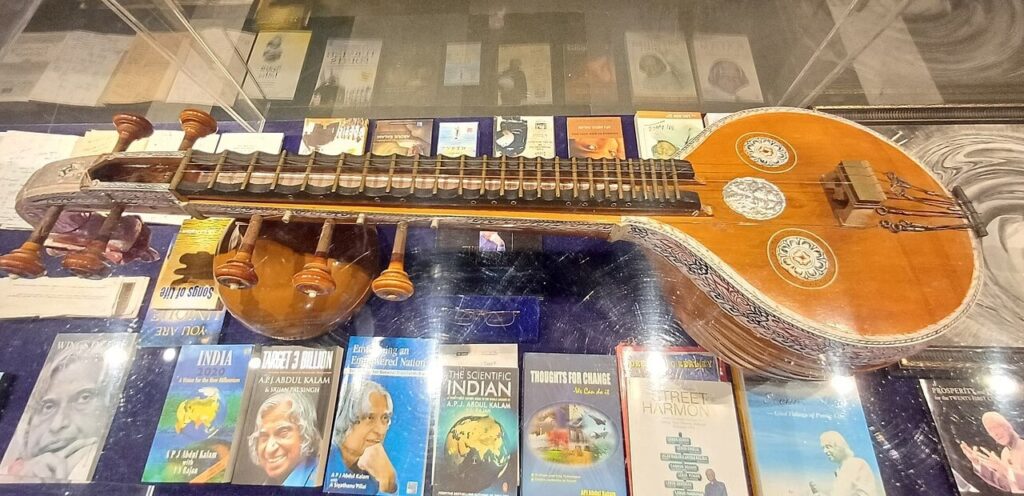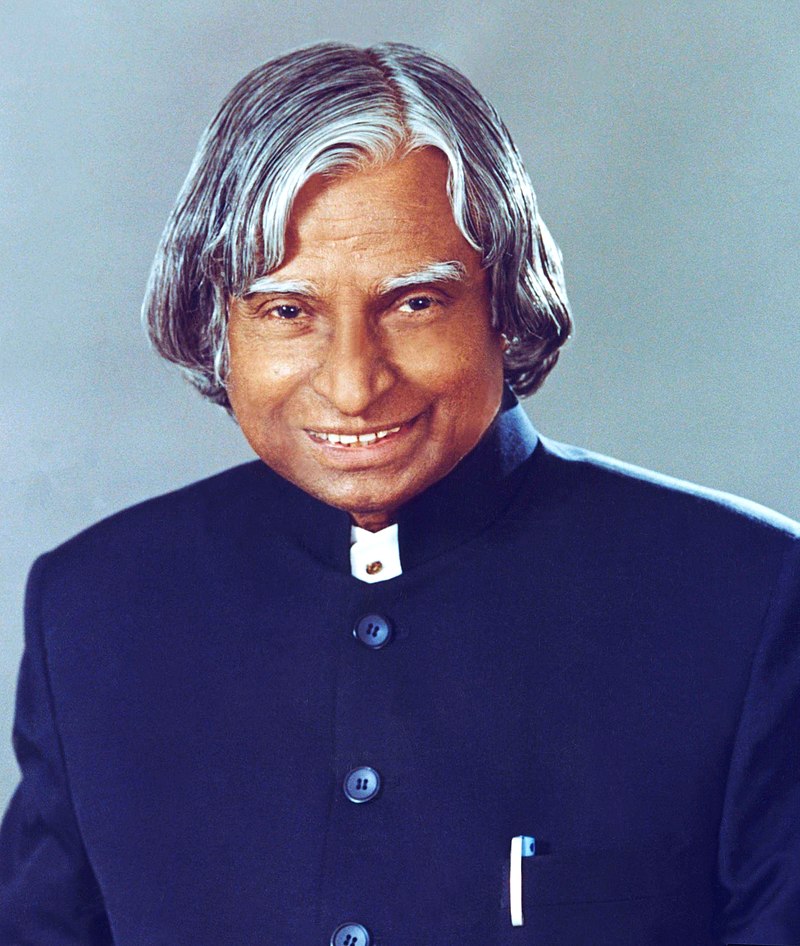Dr. APJ Abdul Kalam, full name Avul Pakir Jainulabdeen Abdul Kalam, was an eminent Indian scientist and politician who served as the 11th President of India from 2002 to 2007. He was born on October 15, 1931, in Rameswaram, a town in the Indian state of Tamil Nadu, into a humble Muslim family. Here’s a brief biography of APJ Abdul Kalam.
| Detail | Information |
|---|---|
| Full Name | Avul Pakir Jainulabdeen Abdul Kalam |
| Birth Date | October 15, 1931 |
| Place of Birth | Rameswaram, Tamil Nadu, India |
| Age at Death | 83 years old (at the time of passing) |
| Education | Degree in Aeronautical Engineering from Madras Institute of Technology |
| Parents | Father: Jainulabdeen |
| Mother: Ashiamma | |
| Career | Scientist, Engineer, President of India |
| Notable Achievements | – Leader in India’s missile and space programs |
| – Elected as India’s 11th President | |
| – Awarded Bharat Ratna, India’s highest civilian honor | |
| Legacy | – Inspirational figure for millions worldwide |
| – Fondly remembered as the “Missile Man of India” |
Early Life and Education
- Kalam was born into a poor Tamil Muslim family. His father, Jainulabdeen, was a boat owner, and his mother, Ashiamma, was a housewife.
- Despite facing financial hardships, Kalam was a bright and hardworking student. He earned a degree in aeronautical engineering from the Madras Institute of Technology in 1954.
Personal Life of APJ Abdul Kalam
APJ Abdul Kalam, the youngest of five siblings, maintained close ties with his family throughout his life. Known for his integrity and simplicity, he eschewed modern luxuries like television and adhered to a disciplined daily routine. Despite his busy schedule, he found solace in playing the VEENA, a traditional Indian musical instrument. Kalam left behind minimal possessions and no will at his death, embodying his uncomplicated approach to life and material wealth. His legacy is one of humility, honesty, and a deep appreciation for life’s simple pleasures.

Scientific Career
- After completing his education, Kalam joined the Aeronautical Development Establishment of the Defence Research and Development Organisation (DRDO) as a scientist.
- He made significant contributions to India’s space and missile development programs, notably playing a crucial role in the development of India’s first indigenous satellite launch vehicle (SLV-III) and ballistic missile systems.
- Kalam’s leadership as the Project Director of India’s missile program, particularly the development of the Agni and Prithvi missiles, earned him the nickname “Missile Man of India.”
- He also served as the Chief Scientific Advisor to the Prime Minister of India and as the Secretary of the Defence Research and Development Organisation (DRDO).
Presidency
- In 2002, APJ Abdul Kalam was elected as the President of India, succeeding K. R. Narayanan. He was the first scientist to hold the office of President.
- During his presidency, Kalam focused on promoting education, particularly among rural and underprivileged youth, and advocating for scientific research and technological innovation.
- He was known for his simplicity, humility, and inspirational leadership, earning widespread admiration and affection from people across India.
Post-Presidency
- After completing his term as President in 2007, Kalam returned to his passion for education and continued to inspire young minds through lectures, speeches, and writing.
- He remained actively involved in various educational and philanthropic initiatives, emphasizing the importance of values, ethics, and innovation in nation-building.
Legacy
- APJ Abdul Kalam passed away on July 27, 2015, after suffering a cardiac arrest while delivering a lecture at the Indian Institute of Management Shillong.
- He left behind a lasting legacy as a visionary scientist, inspirational leader, and People’s President, who dedicated his life to the service of his country and the advancement of science, education, and peace.
APJ Abdul Kalam’s life and achievements continue to inspire millions of people, especially the youth, to pursue their dreams, overcome challenges, and contribute positively to society.
